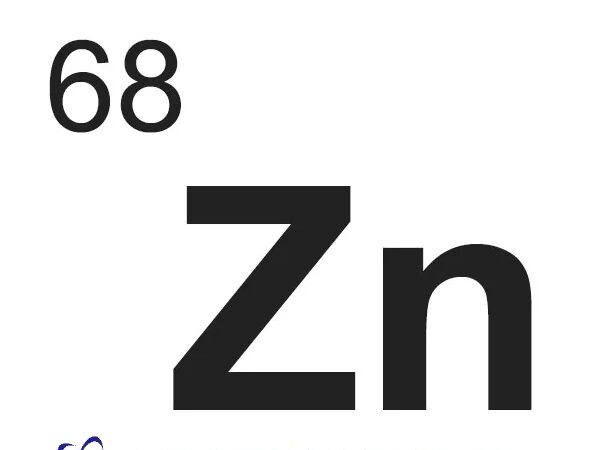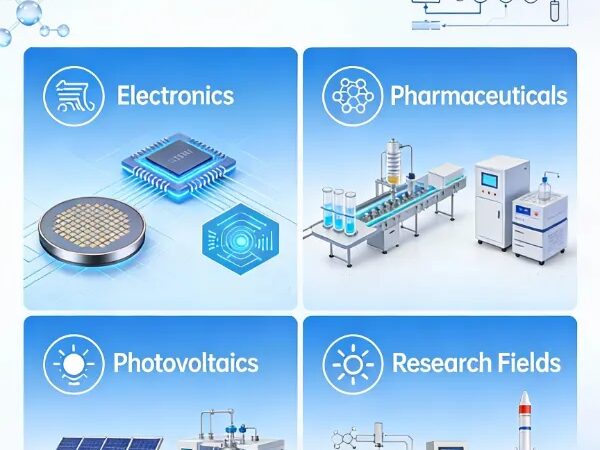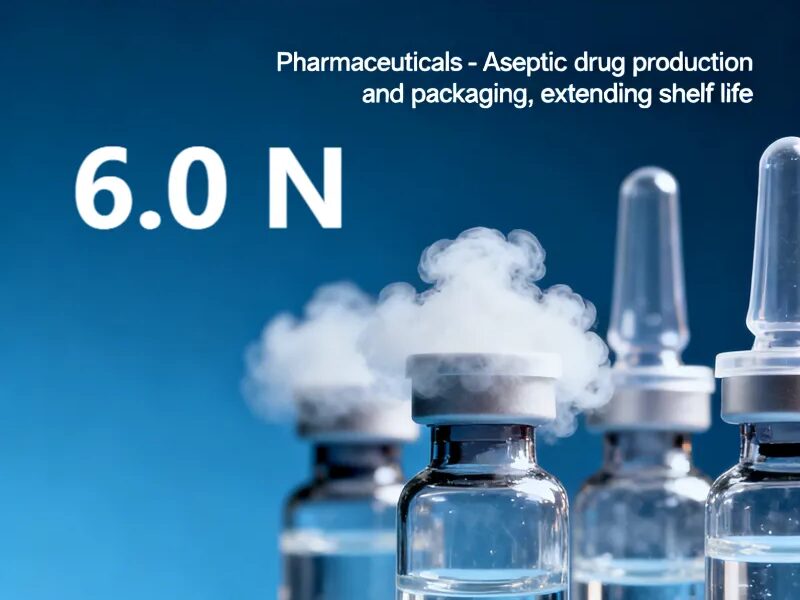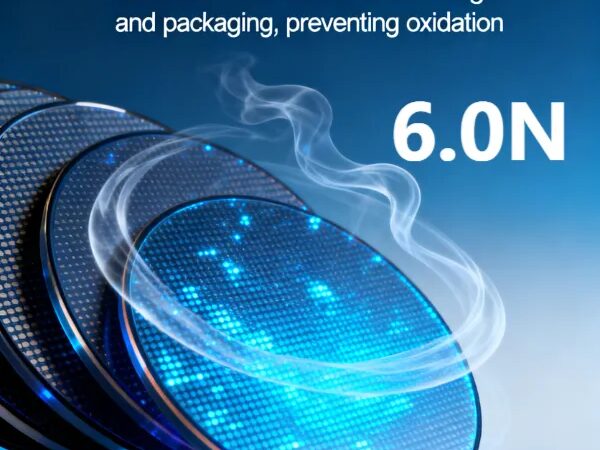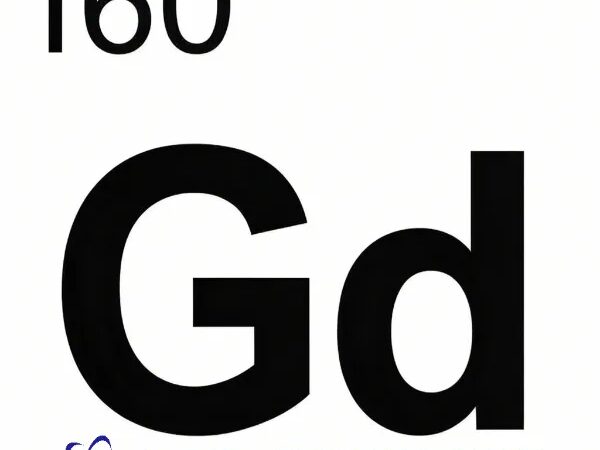⁶⁸Zn Isotope Technological Frontier: Unlocking the Core Technical Secrets for Producing Gallium-68 and Copper-67
⁶⁸Zn Isotope Technological Frontier: Unlocking the Core Technical Secrets for Producing Gallium-68 and Copper-67 BY Tao, Published Jan 2, 2026 ⁶⁸Zn is the single most enabling stable isotope in contemporary nuclear medicine. Its technological maturity has quietly transformed gallium-68 (⁶⁸Ga) from a generator-limited niche radionuclide into the most widely used PET tracer after…

